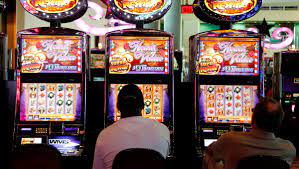Since their enactment in 1934, the National firearms act (NFA) has designed the landscape of firearms regulation in the United States significantly. Originally presented to handle considerations around the use of increasingly strong and dangerous tools, the NFA has changed alongside societal improvements and scientific advancements.
The NFA’s influence extends beyond its direct regulation of specific pistol types and accessories. By establishing a construction for federal oversight and taxation, the Act set a precedent for subsequent firearms legislation, influencing how lawmakers approach problems of rifle get a grip on and public safety.
Through the years, amendments and court rulings have polished the NFA’s program and scope. For example, appropriate problems have solved facets of the Act connected as to the takes its “firearm” below its provisions and the rights of people to possess and transfer controlled items.
The NFA also intersects with broader debates on constitutional rights, specially the 2nd Amendment’s protection of the best to keep arms. Legitimate scholars and advocates continue steadily to question the way the NFA’s rules arrange with constitutional guarantees and concepts of individual liberty.
In contemporary discussions, the NFA remains a major place for policymakers, police force agencies, and firearms fanatics alike. Attempts to change or expand its provisions reflect continuous problems over public security, crime avoidance, and the rights of weapon owners.
In summary, the National Firearms Behave has received a profound and lasting impact on firearms regulation in the United States. By establishing rigid controls on certain forms of firearms and components, it’s inspired legitimate frameworks, public plan, and societal attitudes towards rifle possession and safety.

